Food Forests by Janice Oakley
Attending a hands on workshop in the Cowichan Valley on Vancouver Island last month was one of the most invigorating weekends both mentally and physically, that I have experienced. Richard Walker has spent 30 years engaged in the practical study and implementation of permanent sites for growing food and together with the enthusiasm of farmer Lyn Wytenbroek they invited 25 of us to dig in, literally, and put years of planning in to action. The idea behind Food Forestry is recreating a natural relationship between trees with edible nuts and fruit, shrubs with berries and herbaceous culinary plants and medicinals. Special attention was paid to available sun, water flow, micro-climates and location of nursery beds used in the planning stages. We had hands on practice building HUGLEKULTUR beds, which are layered first with alder, sod and then soil to slowly feed the young plants the water and nutrients they will need. This bed composition is becoming widely used especially in hard-to-grow areas of the globe and where water is scarce.
As with most hands-on workshops much of the work was underway. The deer being as ever-present as ours demanded a high and sturdy fence around the 1/4 + acre site. An excavator had made a pond hole as this particular spot had drainage issues.
Some of the other topics covered ‘in class’ included composting (fungal, bacterial and Bokashi), all types of plant propagation from grafting to seed stratification, coppicing and chaperone planting which particularly intrigued me: when we plant a nitrogen fixing shrub right in the same hole as the nut or berry bush. We studied why we plant for insects and which medicinals to include as well as what to look for in buying trees, shrubs and canes. Everything we learned kept the natural ecosystem and good health of the Earth at the centre.
Of course I have come away with the enthusiasm to plant a Food Forest here with community participation and planning. If you are interested in such a project or want to discuss more of what we did at the workshop I will be hosting a fairly informal discussion of the process at 7 pm, Thursday, November 15th at the Community Hall.
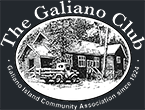
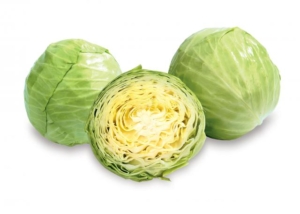 With our Galiano “Wild Fermentation Expert” – Cedana Bourne
With our Galiano “Wild Fermentation Expert” – Cedana Bourne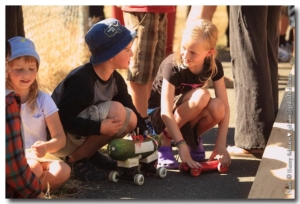 The Picnic is a collaborative celebration, and last year over 20 different organizations participated to make it a fun event for everyone. If you’d like to get involved contact us to see where you can help. There will be Zucchini races again this year (start planning now!), and a pie baking competition again. Plus the Garden Club is organizing two different competitions, and the Adults vs. Kids Soccer game will be on. Plus the new
The Picnic is a collaborative celebration, and last year over 20 different organizations participated to make it a fun event for everyone. If you’d like to get involved contact us to see where you can help. There will be Zucchini races again this year (start planning now!), and a pie baking competition again. Plus the Garden Club is organizing two different competitions, and the Adults vs. Kids Soccer game will be on. Plus the new 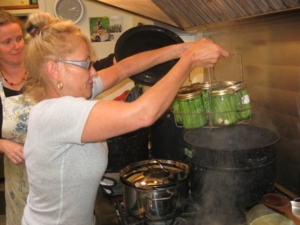 Come join us for a fun evening of pickling. We’ll be putting up whatever’s ready – probably beans and beets. Tuesday August 21st at 5pm at the South Community Hall. Beginners and experienced picklers are welcome. Kitchen has sliding scale of $10-$20. Please bring at least 4 500ml canning jars. Please RSVP to attend this class
Come join us for a fun evening of pickling. We’ll be putting up whatever’s ready – probably beans and beets. Tuesday August 21st at 5pm at the South Community Hall. Beginners and experienced picklers are welcome. Kitchen has sliding scale of $10-$20. Please bring at least 4 500ml canning jars. Please RSVP to attend this class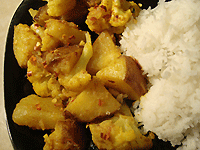 Monday May 21st at 5:30pm at the Community Hall
Monday May 21st at 5:30pm at the Community Hall